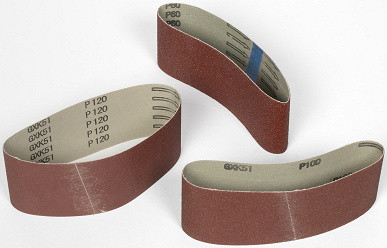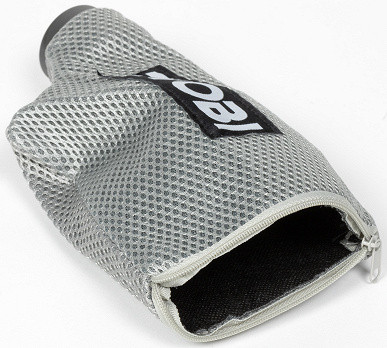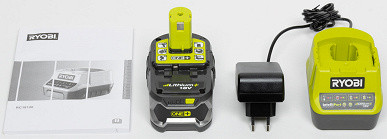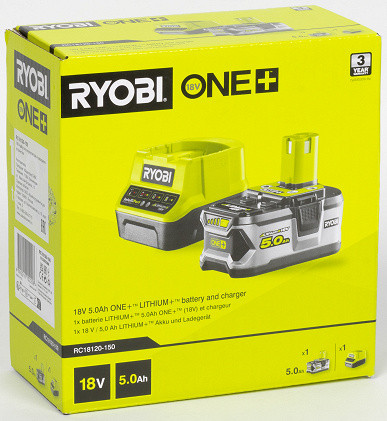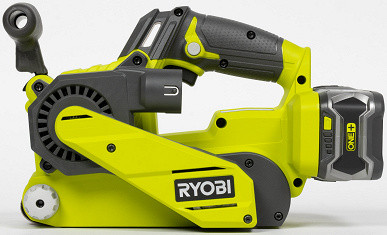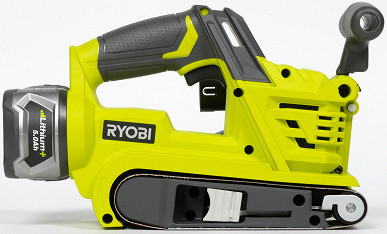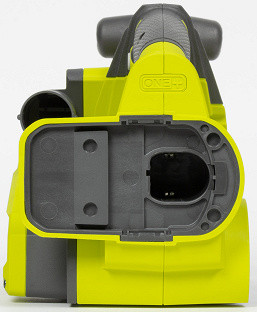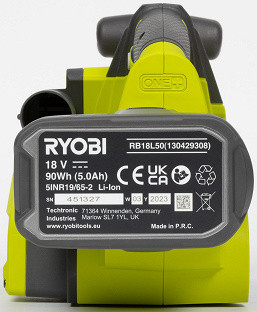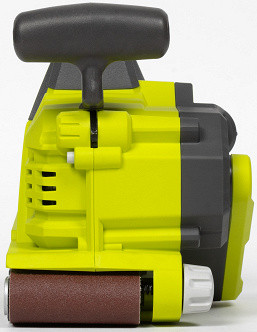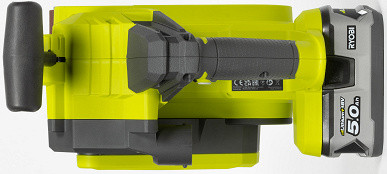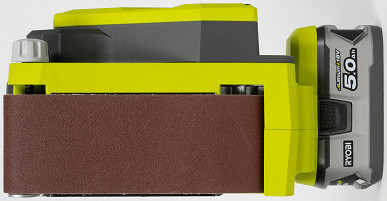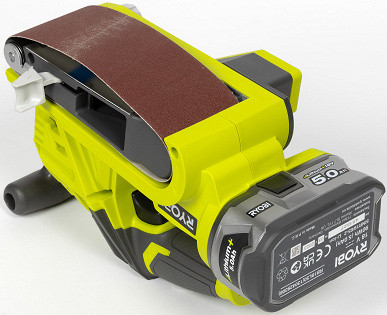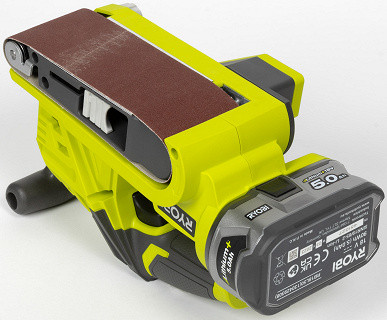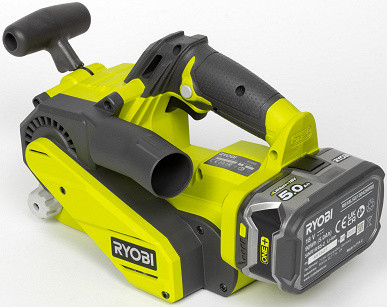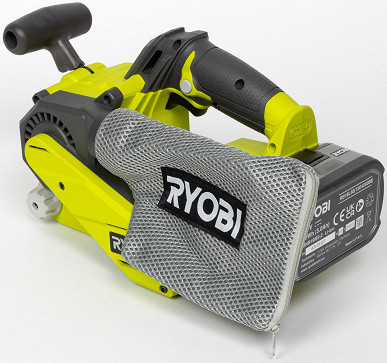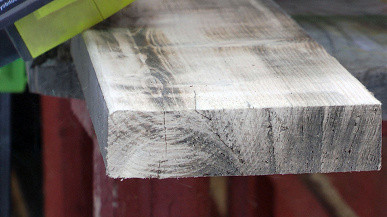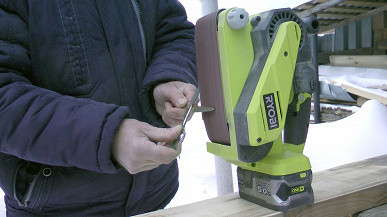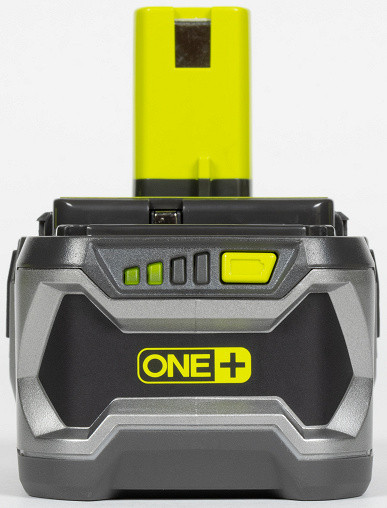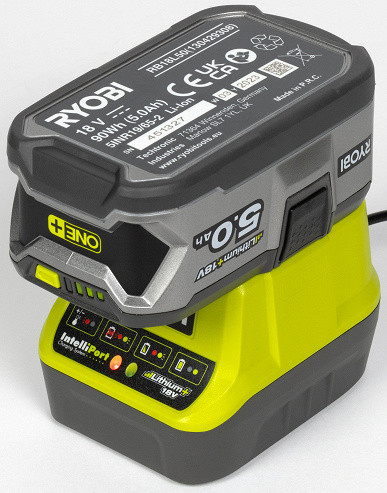Of all the grinding tools, perhaps the most versatile and powerful is the grinder. With its help, you can not only polish the surface, but also give the workpiece any shape, thanks to various attachments. However, the grinder is considered a rather rough tool for fine work.
For more precise and delicate grinding, it is better to use specialized grinding machines. There are four main types of such machines:
- Tape — designed for rough cleaning of large surfaces. They differ in size, power and speed.
- Eccentric — used with grinding pads and differ in vibration amplitude, power and rotation speed.
- Vibrating — designed for finishing surfaces of any size using sanding cloths of various sizes.
- Brush — used less frequently, since cylindrical brushes can be used on more conventional tools, such as drills or screwdrivers.
Today we are testing a new entrant — a battery-powered belt sander. It would be interesting to know how effective this machine is compared to an angle grinder or other types of sanders. Is it worth the money?
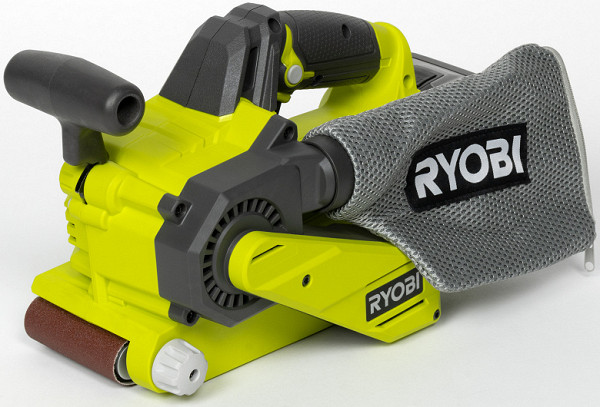
Characteristics
| Cordless belt sander | |
|---|---|
| Manufacturer | Ryobi |
| Model (item) | R18BS-0 |
| Device type | cordless belt sander |
| engine's type | brushless |
| Tape length/width | 457/76 mm |
| Belt speed | 250 m/min |
| Material removal efficiency | up to 700 g/h |
| Built-in backlight | No |
| Smooth start | No |
| Dimensions (W×H×D), weight |
|
| Battery type | Lithium-ion 18V Ryobi Lithium+ |
| Voltage | 18 V |
| Battery life under load |
|
| Other characteristics |
|
| Battery | |
| Battery type | Lithium-ion 18V Ryobi Lithium+ |
| Voltage | 18 V |
Equipment
The instrument provided for testing is transported in a branded yellow cardboard box.

The machine comes with a set of additional accessories, including 3 sanding belts with different grits — 60, 100 and 120 (the higher the number, the finer the grit), an adapter for the dust extraction system, a dust bag and operating instructions.
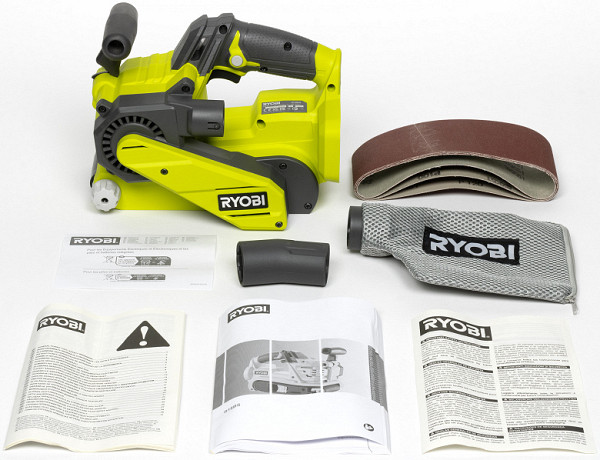
There's no battery or charger here — the package is clearly intended for those who already own a Ryobi cordless 18-volt cordless tool.
But without a battery, the car is of no use, so we purchased the following set:
Yes, in the end all this cost us a considerable amount, but this only fueled our desire to find some benefit. The payback of the machine is not even discussed — it is clearly not intended for professional use, especially considering the limited autonomy.
Design, control
This device is equipped with a brushless motor. The colorful body with angular and ribbed accents gives it a stylish appearance and makes it easy to find even among a clutter of construction supplies or debris.
The front handle can change the tilt. That's probably a good thing. We did not find any particular benefit from this adjustment during operation. Although they didn’t notice any harm either. Let it be.
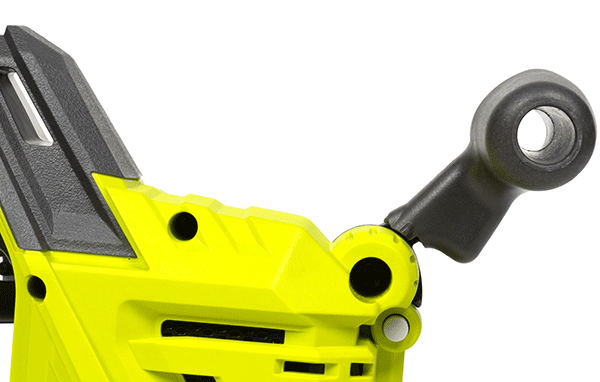
The main difference between a belt sander and a vibrating and eccentric sander is the location of the working surface, that is, the sanding belt, which is shifted to the side. This means that the machine is more difficult to machine corners and joints of parts. It is intended mainly for working with large surfaces that do not have complex contours or relief, such as boards, sheets of plywood and other materials.
Upon closer examination of the machine from below, it becomes obvious that its total area significantly exceeds the area of the working surface, that is, the sanding belt. In contrast, vibrating and eccentric machines have working surfaces (sanding blades) that can be in full contact with the workpiece. In addition, our machine has considerable dimensions compared to a vibration or eccentric machine, not to mention an angle grinder. It cannot be called miniature, since it occupies a significant space and reaches almost a third of a meter in length, which makes it less convenient for working in hard-to-reach places.
The machine is controlled using a standard lever equipped with a lock. This mechanism allows your fingers to be freed from holding the lever during operation, a similar feature found in many hand-held power tools such as planes.
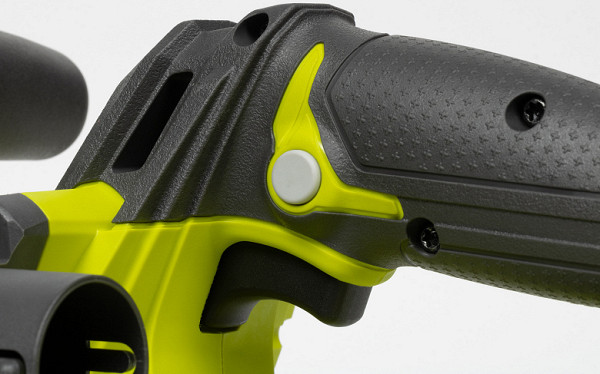
The sanding belt is not attached to the work surface of the machine in the same way as pads and blades. It is put on two rollers — a leader and a slave. A special feature is that the driven roller is able to change its position, for which a special lever is responsible.
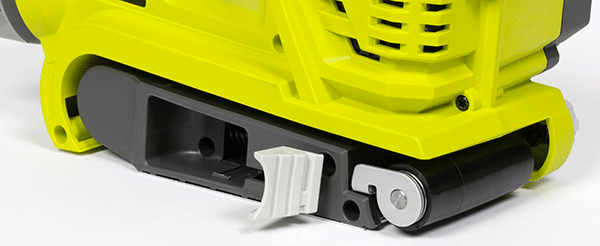
When the lever is raised, the distance between the axes of the rollers is reduced, which allows the belt to be easily installed in its place. By lowering the lever, you tension the tape to the required value.
By the way, there is one important detail: when installing the tape, pay attention to the direction of the arrows that are on the inside of the canvas. The tape should rotate in this direction. This is probably due to the manufacturing features of the sanding belt.
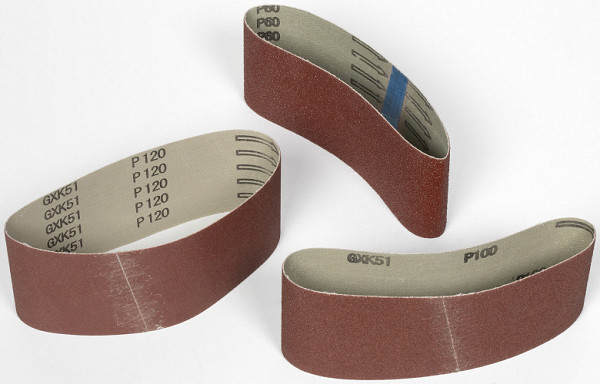
The installed belt may move sideways during rapid rotation. Therefore, every time you install a new belt, it is necessary to adjust the wheel alignment. For this purpose, the machine has a special adjusting element — a spring-loaded screw.
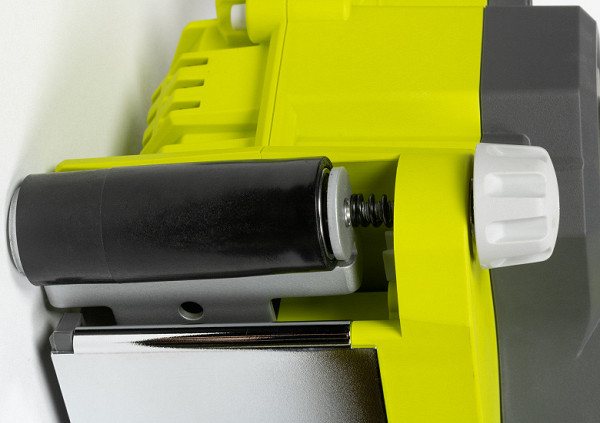
Adjustment is carried out using the front drive roller. It is recommended to carry out this operation with the machine turned on to fine-tune the position of the belt. Even a slight rotation of the screw can cause the tape to move to the right or left.
In addition, it should be noted that the complete dust bag or vacuum cleaner can be connected via a special adapter supplied with the machine.
In fact, they didn’t pay much attention to the need for a dust collector. After all, a grinding machine does not emit that much dust. However, if you are working indoors, the dust will likely be more noticeable.
Exploitation
When evaluating the performance of a grinder, the first thing that catches your eye is its speed. In this case, speed is measured in meters per minute. Our car reaches a speed of 250 meters per minute, although it would be desirable to see 400.
The second important aspect is the ability to press the machine harder onto the workpiece. However, this can lead to overload of the motor, which is manifested in a decrease in belt speed and a change in the tone of the motor. In this respect, a belt machine differs from a vibrating machine, where strong pressing only increases the aggressiveness of the abrasive, and a belt machine can simply stop.
However, our machine does a good job of removing edges, doing it more accurately than vibrating machines. A large working surface area plays a significant role in uniform machining of the part. In addition, a belt machine is convenient to use for sharpening tools, which is impossible to do with vibrating machines. However, there is a lack of additional support and the ability to mount the tool in a vertical position.
Autonomy
In the final test of our sander, which is critical for many, we assessed the operating time on one fully charged battery. The results showed that a 5 Ah battery lasted 11 minutes of continuous wood sanding. This result is quite typical for high-speed cordless tools, such as angle grinders, planes, hammer drills, chain saws, trimmers, etc. They usually work for about 10-12 minutes on a single charge.
Care
After use, just wipe down the tool to keep it looking and feeling good. Dust should be removed from technological recesses and openings. It is recommended to store batteries separately, in a warm room, and recharge them regularly.
Battery
The sander in question is compatible with 18-volt batteries from the One+ series from Ryobi. The title of the episode contains “Plus” for a reason. It indicates that these batteries are compatible with most other tools from this brand, including jigsaws, saws, screwdrivers and angle grinders.
conclusions
Ryobi R18BS-0 is a convenient tool for processing wood and other large surfaces. Its clever design allows you to install and adjust the position of the sanding belt without using a wrench. However, the main advantage of this machine is its battery power, which allows it to work even in the absence of a power grid.
Pros:
- battery operation
- keyless mechanism for installing and adjusting the position of the tape
Minuses:
- low belt speed

